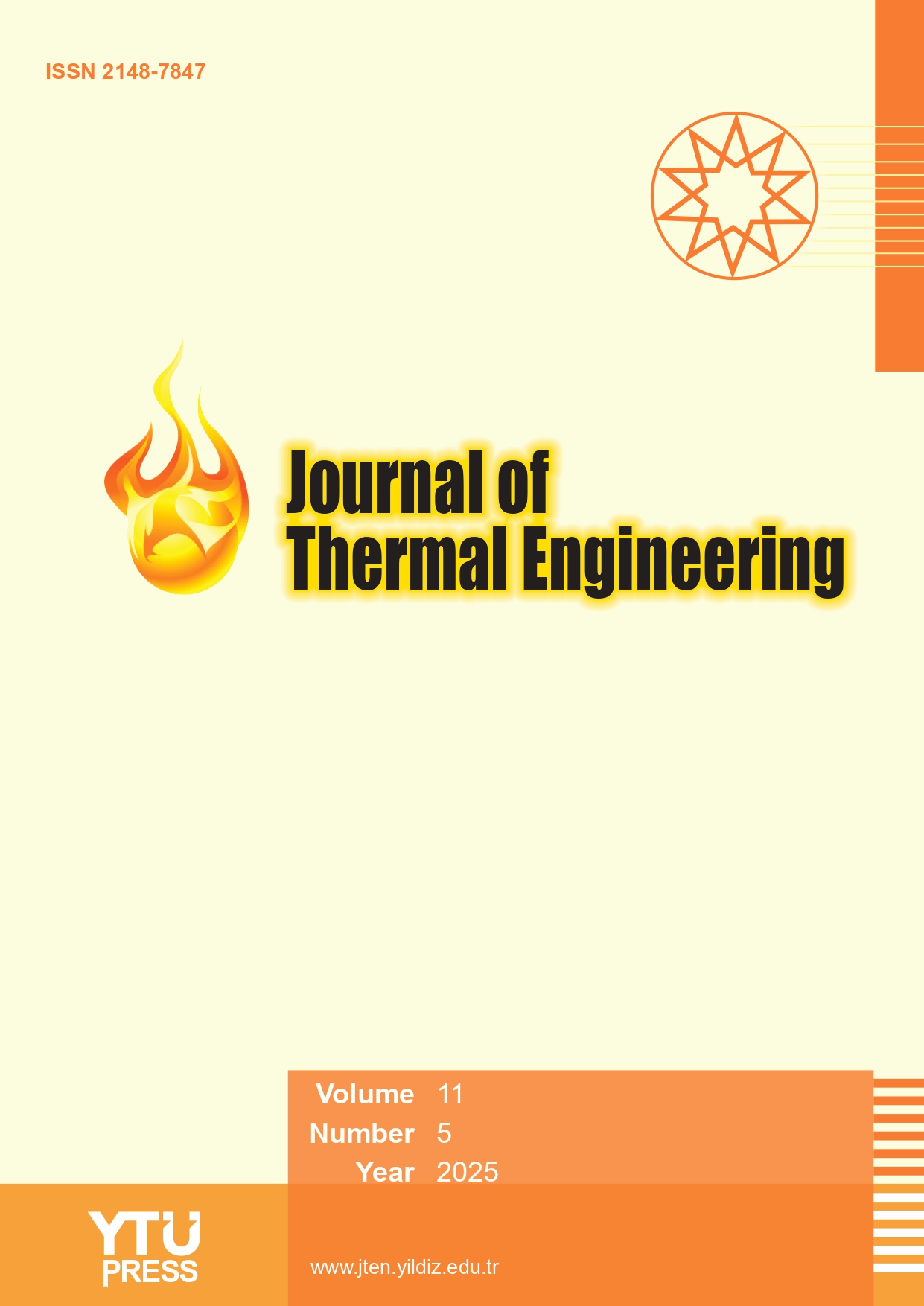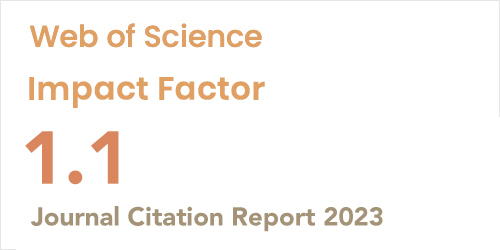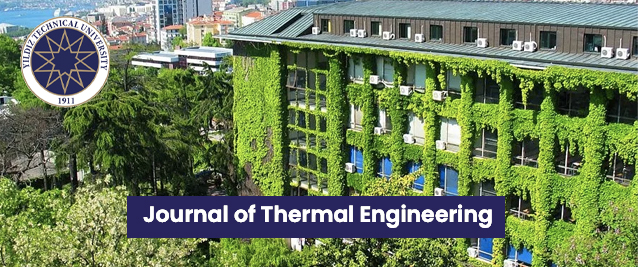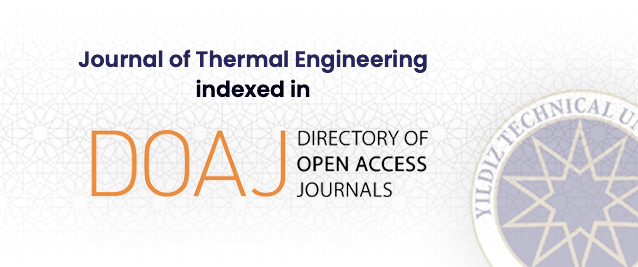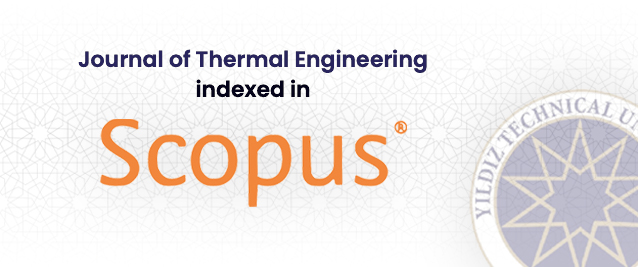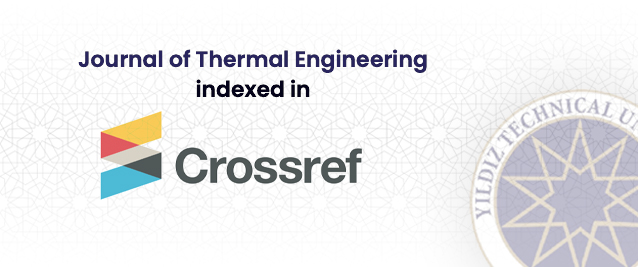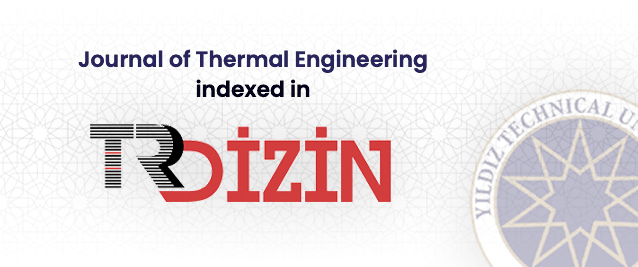Abstract
This study investigates the application of a moving surface boundary on a NACA 2412 airfoil using a belt mechanism with two pulleys to enhance aerodynamic efficiency. By accelerating the airflow, the moving surface helps delay flow separation, which typically limits aerodynamic performance. Previous computational works simplified the moving surface as a flat panel, often neglecting the gap between the panel and airfoil, as well as the complexities introduced by the belt-pulley mechanism. Building on earlier research, this study models a belt mechanism that spans 20% of the airfoil’s chord length, evaluating its aerodynamic impact at different chord-wise locations. Numerical analysis was conducted at varying belt speeds and panel positions. Results showed that placing the panel at 20% and 40% of the chord, as well as near the leading edge, yielded the best performance, increasing aerodynamic efficiency by 153%, 159%, and 166%, respectively. These enhancements were particularly evident at lower angles of attack, especially around 4 degrees. The novelty of this work lies in its realistic representation of the belt mechanism, accounting for gaps and flow disturbances caused by the pulleys. This approach provides a more accurate simulation of real-world applications, with findings suggesting that placing the moving surface at 20% chord length offers optimal aerodynamic gains, offering valuable insights for future flow control applications.


